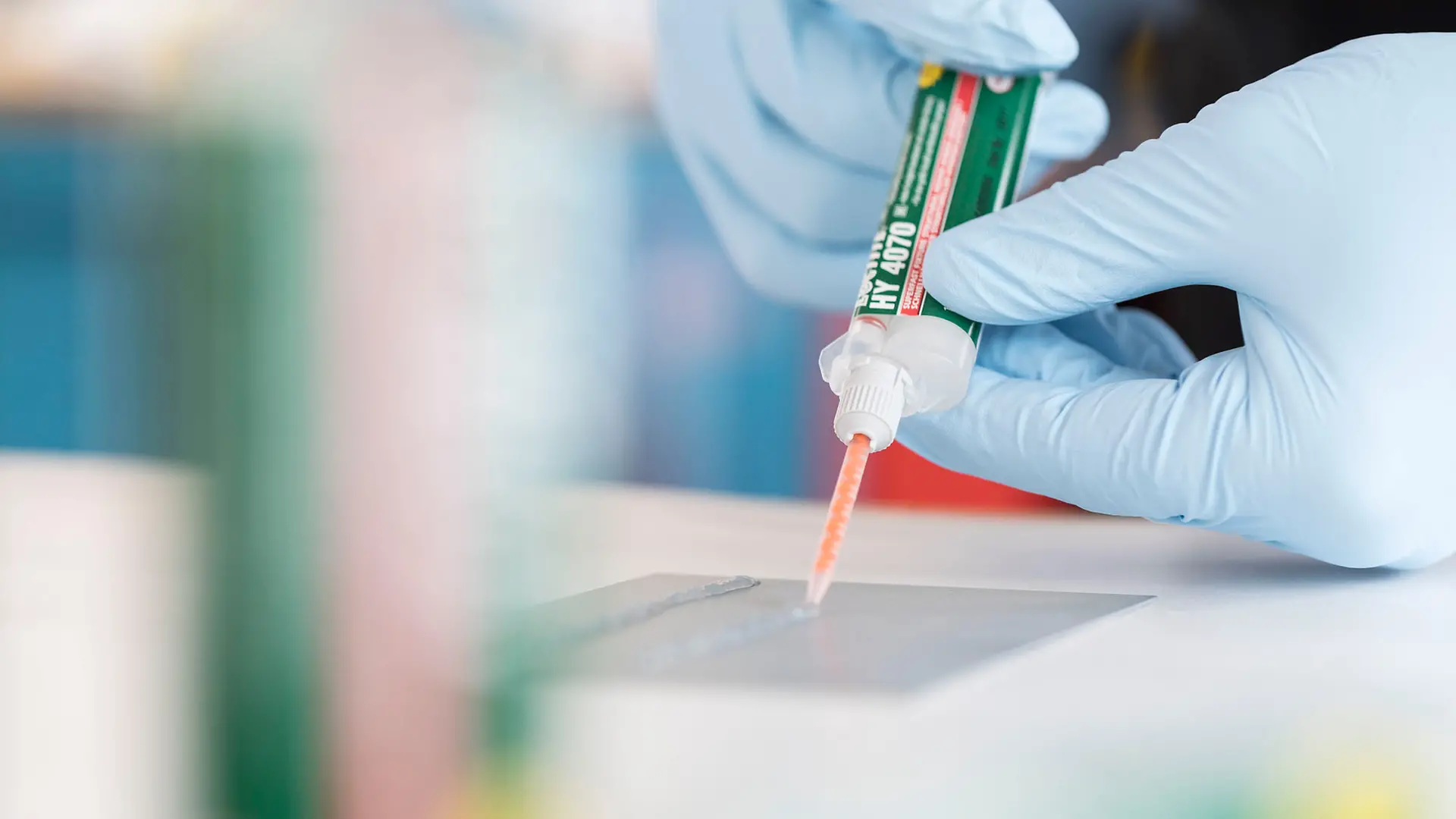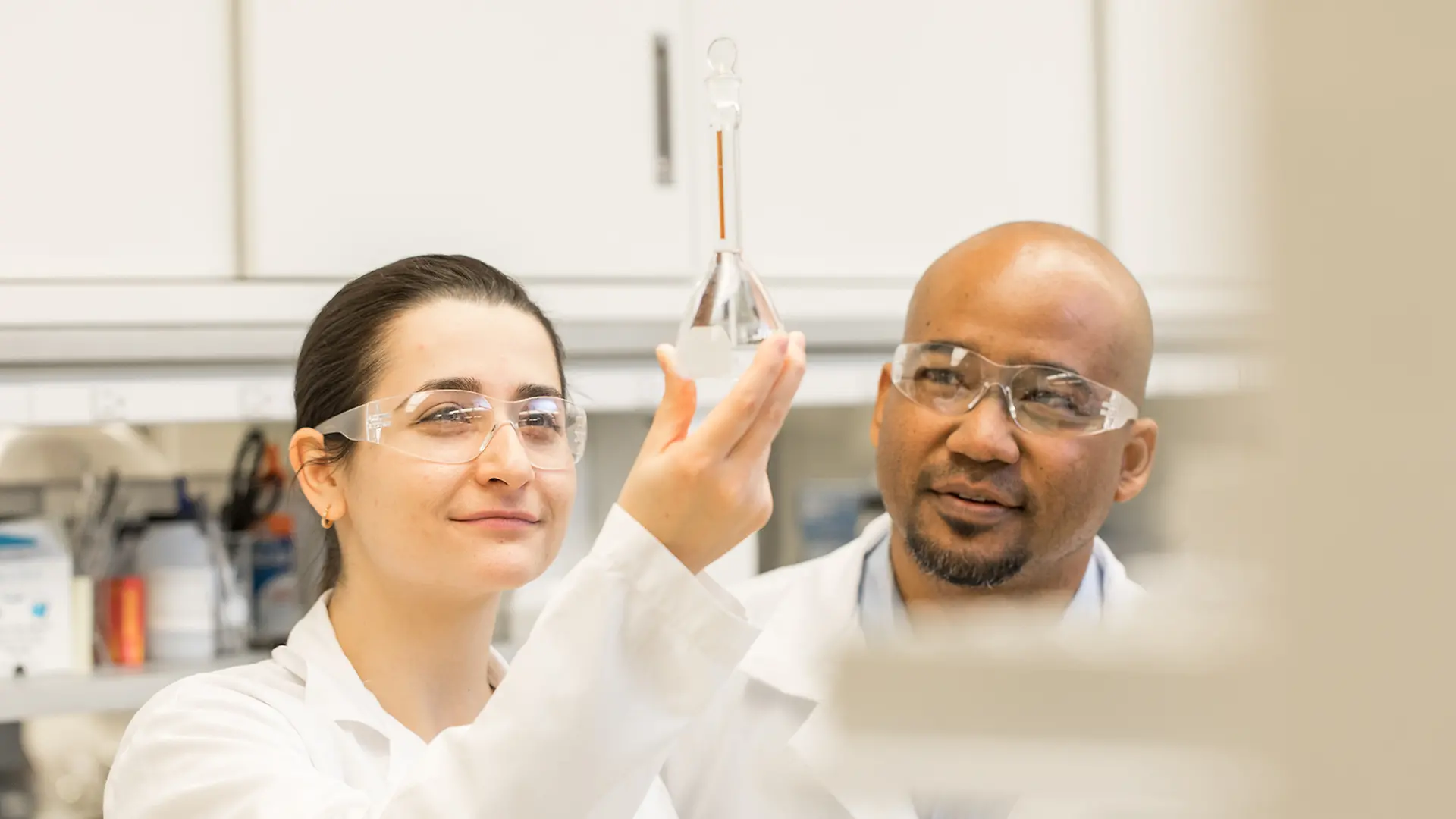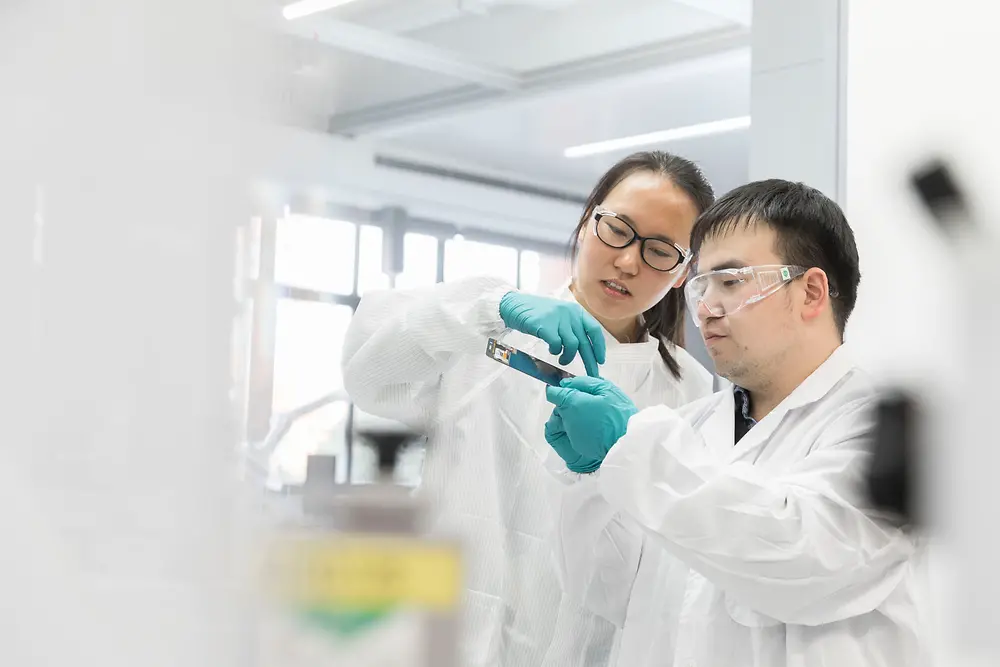Graphene is the world’s first 2D material, meaning it is comprised of a single sheet of atoms. More importantly, it has amazing strength, electrical conductivity and heat conductivity properties, which has led to it being called a “miracle material”.
“Graphene can improve consumer products in two ways,” says Dr Aravind Vijayaraghavan, reader in nanomaterials at the University of Manchester. “First, by making existing products better, and second by enabling new kinds of products that currently don’t exist.
“For example, graphene can make existing rubber and plastic products stronger and more durable, which has both performance and environmental benefits. Graphene can also enable things such as flexible displays, super-high-capacity batteries and high-efficiency water purification.”
Two researchers at the University of Manchester, Prof Sir Andre Geim and Prof Sir Kostya Novoselov, were the first scientists to extract graphene from graphite, winning the 2010 Nobel Prize in physics for their work.
Since their discovery, many of patents for graphene-based consumer products have been lodged, and some of these items are now beginning to appear on the market. For example, the footwear company Inov-8 has released a running shoe with graphene-enhanced rubber outsoles, which they claim are 50% stronger than standard rubber ones.
Most of us have suffered the frustration of having our phone die in the middle of an important call. But in future the batteries that power our smartphones, and potentially our cars, could have much longer lifespans.
Solid-state batteries are one of the most exciting areas of research, and a “very attractive long-term battery goal – one that would benefit the consumer electronics market,” says Allan Paterson, head of programme management at the Faraday Institution.
Solid state batteries are more stable and safer than the lithium-ion batteries that currently power most electronic devices, and their higher energy density means your laptop or smartphone would last for much longer between charges.
“If deployed in electric vehicles, weight reductions and increased energy density would improve driving range and lower costs,” says Paterson.
Sodium-ion batteries also show promise. Rather than lithium, which is relatively rare, they use salt, the sixth most common element on Earth – and could be up to seven times more efficient than current batteries.
But before you start dreaming of a smartphone that doesn’t need charging every night, you should note that Paterson says: “There are still a number of complex challenges that need addressing to drive forward the next generation of battery technologies.”
















